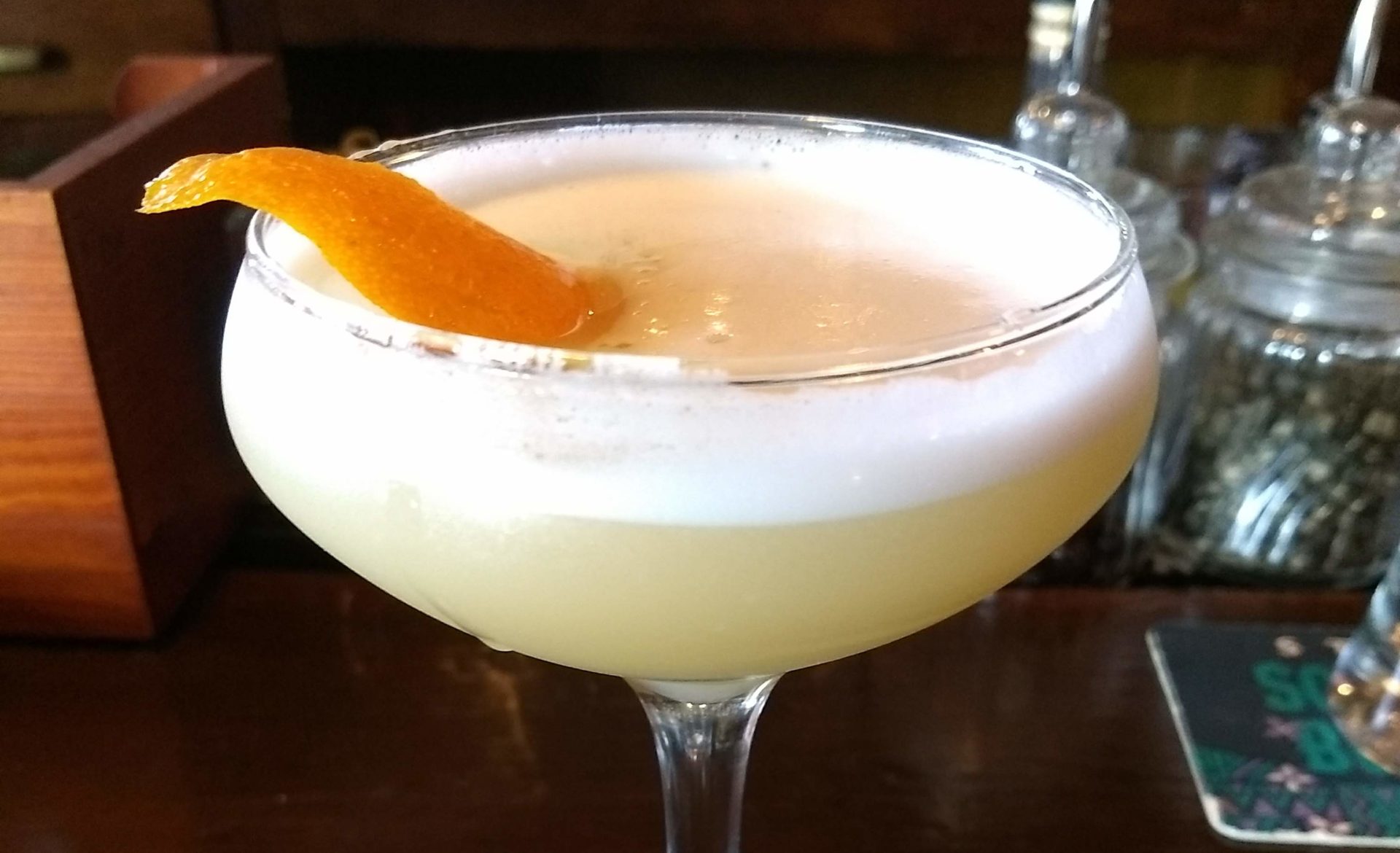Editor’s note: We’re republishing this article from our archive as part of a reorganization of the site’s content.
To help you choose the perfect bottle of Italian wine—here is a list of
Major Italian Wines from ITALIAN WINE FOR DUMMIES®
Major Italian Red Wines
Amarone: Lusty, full bodied wine from partially dried Corvina grapes, in the Veneto region. Dry and firm wine, but it’s ripe, concentrated fruitiness suggests sweetness. Needs rich, savory foods or flavorful cheeses.
Barbaresco: Similar to Barolo, from the same grape in a nearby area, but generally a tad tighter in body and slightly more approachable. Drinks best at 8 to 15 years of age, depending on the producer.
Barbera: Varietal wine produced mainly in the Piedmont region. Dry, light- or medium-bodied, with intense berry flavor, mouth-watering acidity, and little tannin. Particularly versatile with food. Many of the best wines are from the Alba or Asti zones.
Barolo: Dry, full-bodied, magisterial wine. Has complex aromas and flavors of strawberries, tar, herbs, and earth, as well as a firm, tannic structure. Drinks best at 10 to 20 years, depending on the producer.
Brunello di Montalcino: Full-bodied, intense, concentrated wine. Dry and quite tannic, it drinks best when it’s at least 15 years old.
Chianti: Very dry, medium-bodied, moderately tannic wine with lovely tart-cherry flavor, mainly from Sangiovese grapes grown in the Chianti area of Tuscany. “Chianti Classico” is often the best.
Lambrusco: Most commonly a sweet, fizzy wine with delicious, grapey flavors. Dry and sparkling styles also exist.
Montepulciano d’Abruzzo: Generally medium-bodied and flavorful with red fruits and a slightly vegetal note. Lighter examples are smooth and easy to drink; the best wines are concentrated and denser in texture.
Salice Salentino: Dry, full-bodied. Generally have somewhat intense aromas and flavors of ripe, plummy, baked fruit, and rich, dense texture. Suitable with robust foods.
Valpolicella: Medium-bodied wine. Dry, lean, and only moderately tannic, with more or less intense cherry aromas and flavors. Some versions, such as single-vineyard wines are particularly good.
Vino Nobile di Montepulciano: Medium-bodied, dry, and lean, with red cherry flavor, similar to Chianti but slightly fuller.
Major Italian White Wines
Asti: Sparkling wine, deliciously sweet, low in alcohol, with pronounced fruity and floral flavors. Usually non-vintage, but freshness and youth are essential to its quality.
Frascati: Dry or slightly off-dry, light-bodied, and un-oaked with crisp acidity and subdued flavor.
Gavi: Dry, medium-bodied wine. Typically crisp and un-oaked (sometimes slightly oaky) with delicate notes of honey, apples, and minerals.
Orvieto: A generally medium-bodied wine. Dry, crisp, with flavors of pear and apple and a pleasantly bitter finish.
Pinot Grigio: Generally light-bodied, dry, and crisp, with subdued aromas and flavors and no oakiness. Made from Pinot Gris grapes, usually in Northeastern Italy. Wines from Collio or Alto-Adige DOCs are usually the best.
Soave: Generally dry, crisp, un-oaked, and light- or medium-bodied, with flavors of pear, apple, or peach.
Verdicchio: Dry, medium-bodied, crisp white with minerally flavor and a sea-air freshness.


URGENTLY!!! Good morning, please i dearly need the cost price to make and label wine in italy, i want to import it into Nigeria, i need the price that can take a 20feet container, i want to give the quotation today to my suppliers, I need a fast reply… Thanks
Sorry—we are not in that line of business!